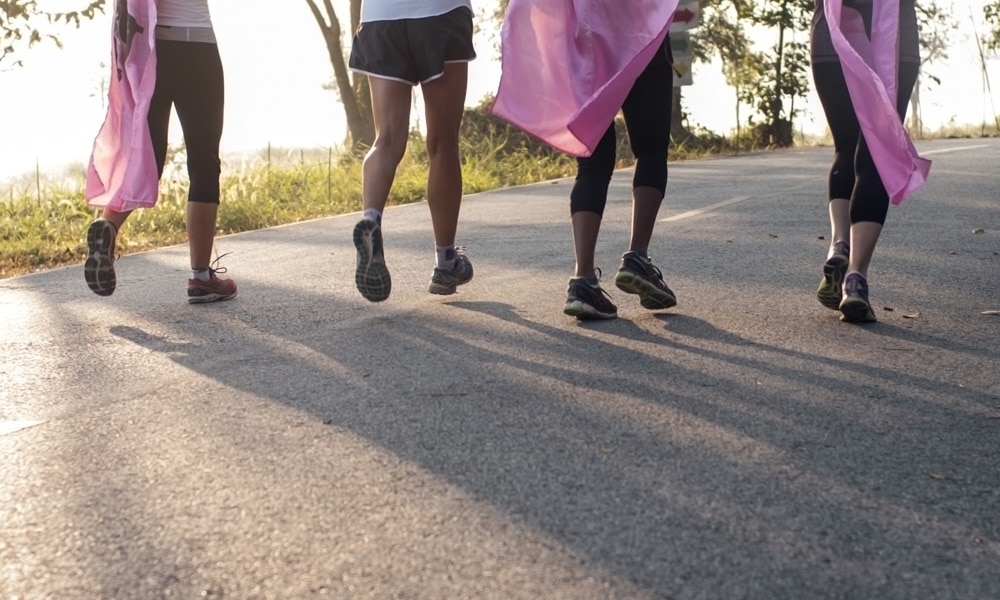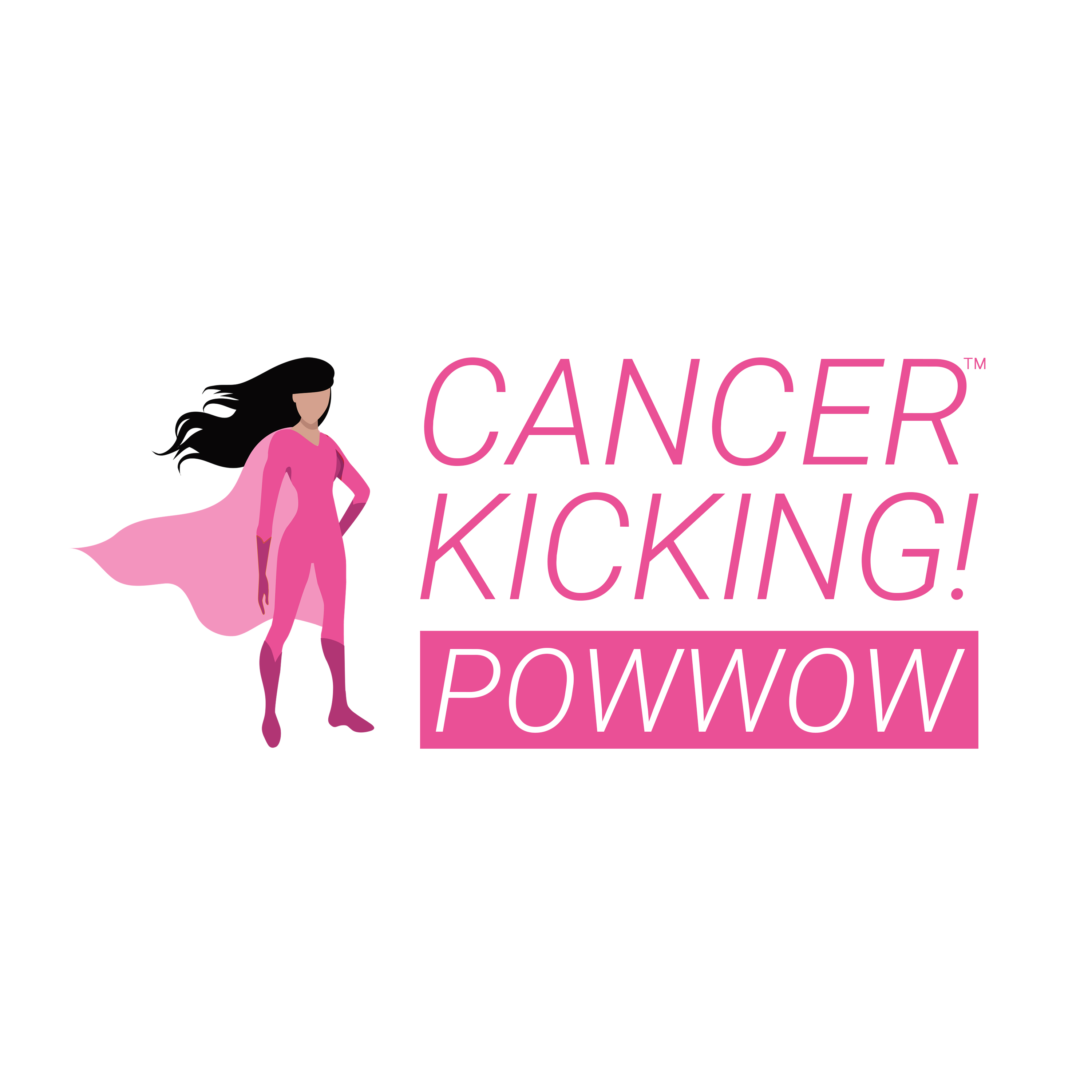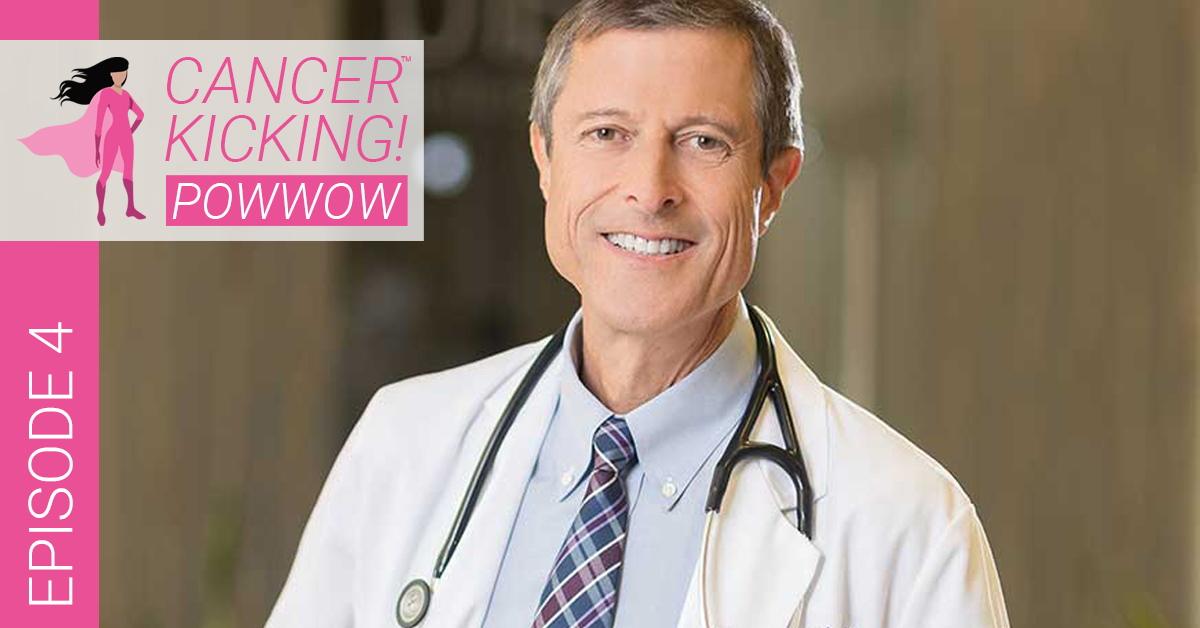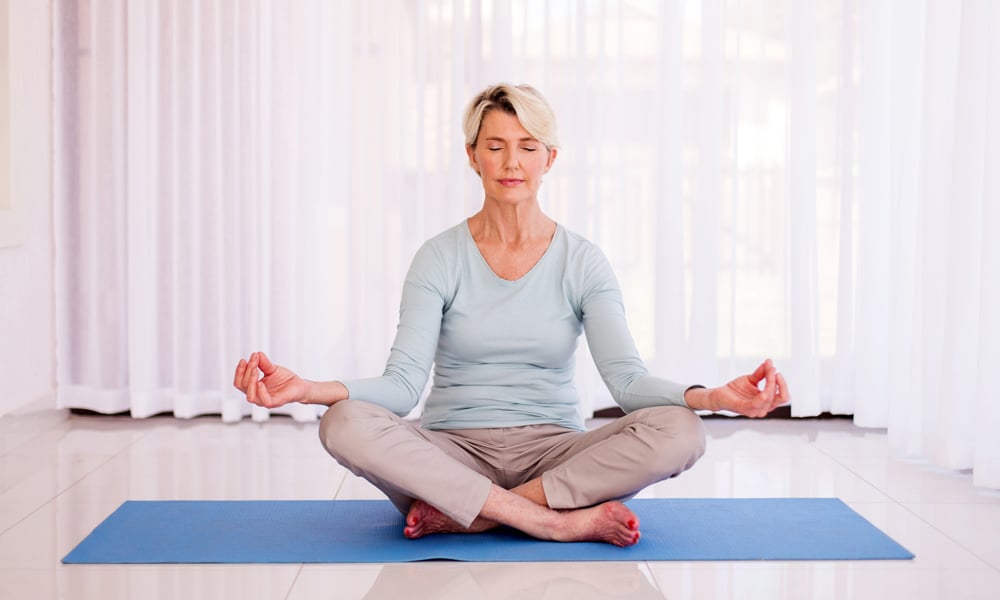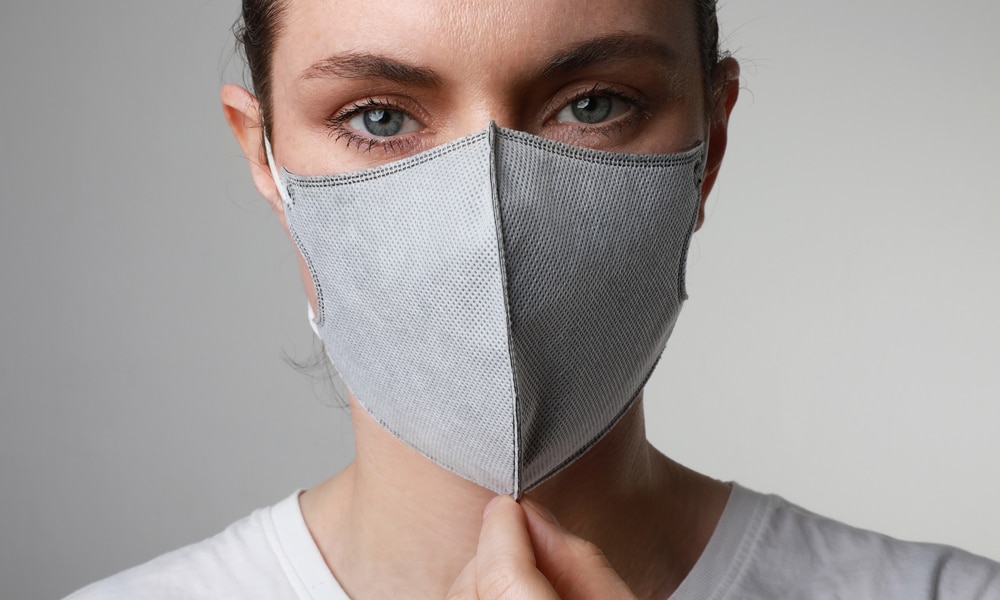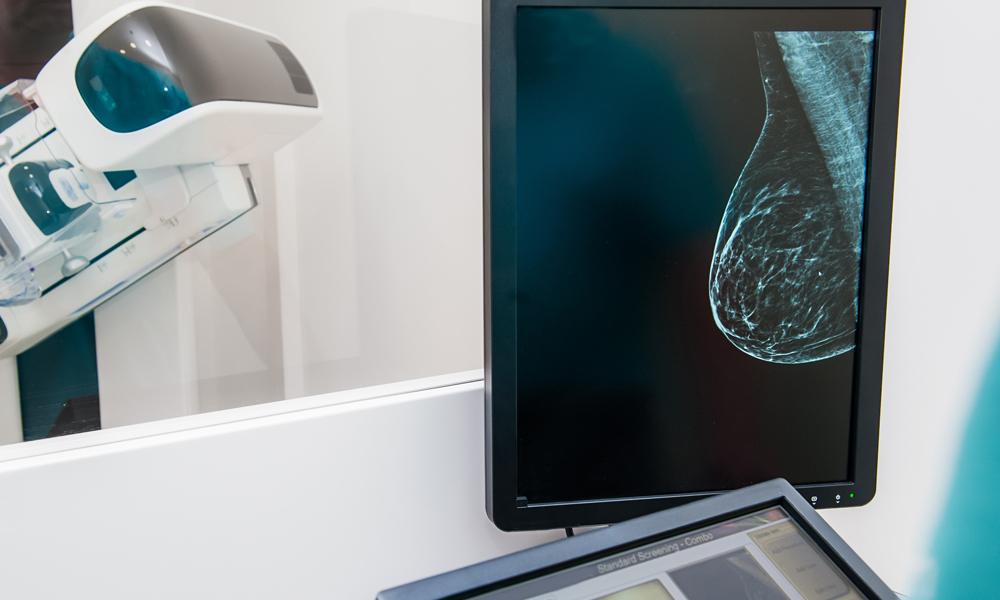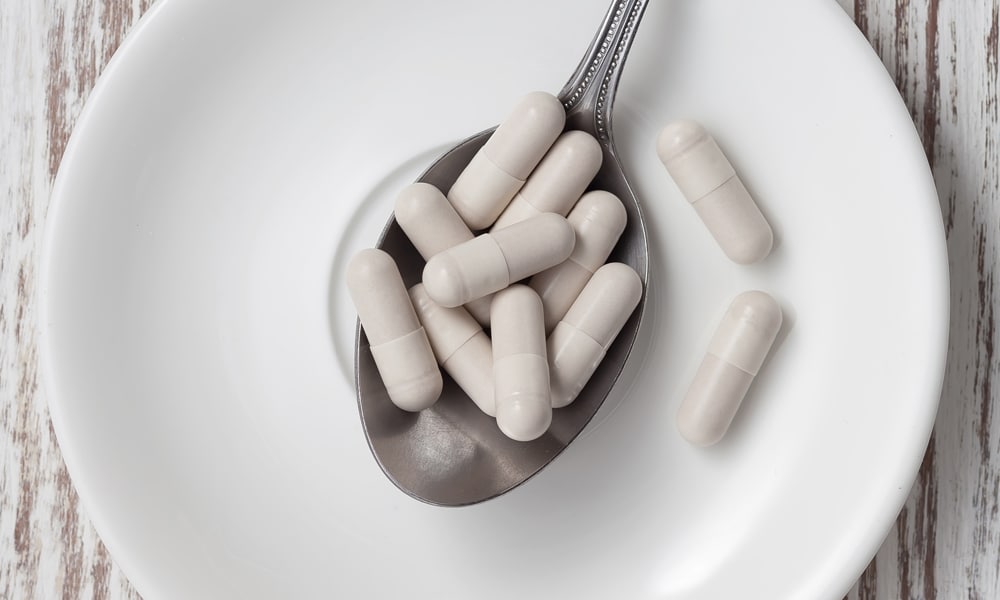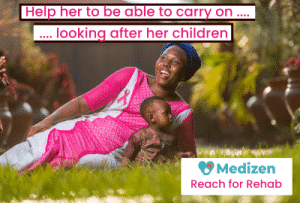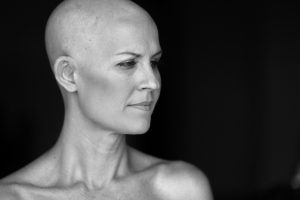Getting regular exercise is one of the most important things you can do for yourself, and that holds just as true a breast cancer survivor. Cancer takes a toll on you, and even the strongest willed person will experience fatigue, loss of physical strength, and mental stress. Although it may seem like rest would the best solution, especially while going through treatments, research has confirmed that out of all the lifestyle modifications you can make to feel better, improve your quality of life, and reduce breast cancer recurrence – exercise is the most beneficial [1].
Why Exercise is the Best form of Self-Care
Anyone who is going through breast cancer treatment deserves more rest, relaxation and self-care. Treating yourself to a massage, lunch with friends or even a house cleaning service are all worthwhile, but make sure your self-care also includes a regular date with some exercise. If you’re exhausted from cancer treatment, exercise may seem like the last thing on your to do list, but make every effort to move it to the top of the list, because the payback will be big.
In the short term, regular exercise has been shown to significantly and safely reduce cancer-related fatigue, especially if it’s started at the beginning of treatment.[2][3] Less fatigue means more energy to do the things you love, improved emotional well-being, and better quality of life. In the long term, studies have found that consistent exercise reduces the risk of cancer recurrence and death from breast cancer by up to 50%.[4][5][6] Yes, you read that right. Scientists know that exercise lowers hormone levels, reverses insulin resistance, and reduces inflammation.
It’s no surprise that exercise is a part of the treatment recommendations of national cancer groups, including the American Cancer Association, The American Institute for Cancer Research, and the National Cancer Institute. Other benefits of exercise for breast cancer survivors include:
- Minimizing nausea
- Boosting the immune system
- Minimizing anxiety and depression and improving emotional well-being
- Helping with weight management
- Reversing loss of bone density and muscle mass related to treatment
- Forming or strengthen social connections
Over 11 hours of video content are now available to stream from any device. If you cannot attend our annual Summit at Terranea Resort, sign up for the Virtual Summit instead and get the same information from the in-person Summit in the convenience of your own home.
How much and what Type of Exercise?
In their physical activity guidelines, the U.S. Department of Health and Human Services recommends 150 minutes of moderate exercise for all adults each week, and the American College of Sports Medicine agrees that the same advice applies for patients who have undergone breast cancer treatment [7]. It is important, however, to first get your doctor’s OK, and next, to start slow and listen to your body. You most likely won’t have the same strength or endurance as before you started treatment, so only do as much as you’re able and progress slowly.
The following list of exercise types are safe. If you’ve had surgery, you should limit exercise that requires lots of upper body arm and shoulder movement, like swimming and heavy weight training, until your body is healed and your doctor has given you the green light to proceed.
Stay Connected
Stay Connected
Walk or Pedal
Some of the easiest and safest options for exercise include walking, hiking or biking. The benefit of each of these is that you can be outside in the sunshine, fresh air and nature – which provides benefits for your mental as well as physical health. Although these can be solo forms of exercise, consider joining (or forming) a walking, biking or hiking group for additional social interaction. Getting a group of friends, neighbors or other breast cancer survivors together is a great way to help keep each other motivated and accountable, especially on those days when you feel like sleeping in instead of working out.
Mindful Movements
Some studies have shown that supervised physical activity has more benefits for survivors than working out alone – perhaps because working with a trainer or in a group setting can be more motivating while forcing you to improve your form and technique [2]. There’s also the benefit of a social connection when you’re in a class.
Two forms of supervised exercise that involve slower, mindful movements are Pilates and Yoga. Both can build strength, improve balance and coordination, and help you to de-stress. Regularly practicing Yoga has been shown to reduce inflammation and fatigue, and enhance feelings of vitality in breast cancer survivors [8]. Yoga can also be an excellent physical therapy and recovery tool after surgery to regain your range of motion, rebuild stability and balance, and improve your strength. If exercising on your own, be sure to to be cautious with any movements that require arm and shoulder strength, or chose a Yoga recovery program specifically tailored for breast cancer surgery (lumpectomy or mastectomy).
Build Strength
Doing strength training exercise for your lower body and core can help to build muscle, preserve bone density, maintain a healthy metabolism, and even reduce insulin resistance [4]. Whether you’re new to strength training or not, you’ll want to work with an experienced trainer, and inform him or her that you are a cancer survivor so they can help you with the appropriate type of workouts and weights. Strength training exercise can be done with handheld weights, weight machines, resistance bands, or your own body weight.
In the past, there was some thought that upper body strength training should be avoided after breast cancer surgery because it increases the risk of lymphedema (a side effect that causes swelling in the arm, hand, breast or torso). However, more recent evidence from the Physical Activity and Lymphedema (PAL) trial has determined that starting with light weights and gradually increasing the weight for upper body strength training does not increase the risk for lymphedema. Strength training that works all parts of the body provides more benefits than harm.[2][4][9]
The Bottom Line
The benefits of exercise for breast cancer can’t be stressed enough and it should be part of therapy and recovery for every breast cancer survivor. If your doctor hasn’t brought it up, ask for an exercise prescription – how much, how long, and whether you should you work with a trainer or physical therapist. When you’re ready to add it into your week, start slow, with lighter weight and shorter sessions, and stop if you feel pain. Also, make sure that you nourish and hydrate before, during, and after exercising. And remember, the best type of exercise is one you enjoy doing, and makes you feel strong, powerful, and beautiful when you do it. If it checks those boxes, you’ll be certain to stick with it for the long term.
References
- Hamer J, Warner E. Lifestyle modifications for patients with breast cancer to improve prognosis and optimize overall health. CMAJ : Canadian Medical Association Journal. 2017;189(7):E268-E274. doi:10.1503/cmaj.160464.
- Meneses-Echávez JF, González-Jiménez E, Ramírez-Vélez R. Effects of supervised exercise on cancer-related fatigue in breast cancer survivors: a systematic review and meta-analysis. BMC cancer. 2015 Dec;15(1):77.
- Travier N, Velthuis MJ, Bisschop CN, van den Buijs B, Monninkhof EM, Backx F, Los M, Erdkamp F, Bloemendal HJ, Rodenhuis C, de Roos MA. Effects of an 18-week exercise programme started early during breast cancer treatment: a randomised controlled trial. BMC medicine. 2015 Dec;13(1):121.
- Dieli-Conwright CM, Orozco BZ. Exercise after breast cancer treatment: current perspectives. Breast Cancer : Targets and Therapy. 2015;7:353-362. doi:10.2147/BCTT.S82039.
- Hamer J, Warner E. Lifestyle modifications for patients with breast cancer to improve prognosis and optimize overall health. Canadian Medical Association Journal. 2017 Feb 21;189(7):E268-74.
- Physical activity and cancer. National Cancer Institute. https://www.cancer.gov/about-cancer/causes-prevention/risk/obesity/physical-activity-fact-sheet. Updated January 27, 2017. Accessed August 27, 2018.
- Wolin KY, Schwartz AL, Matthews CE, Courneya KS, Schmitz KH. Implementing the Exercise Guidelines for Cancer Survivors. The journal of supportive oncology. 2012;10(5):171-177. doi:10.1016/j.suponc.2012.02.001.
- Kiecolt-Glaser JK, Bennett JM, Andridge R, Peng J, Shapiro CL, Malarkey WB, Emery CF, Layman R, Mrozek EE, Glaser R. Yoga’s impact on inflammation, mood, and fatigue in breast cancer survivors: a randomized controlled trial. Journal of Clinical Oncology. 2014 Apr 1;32(10):1040.
- Schmitz KH, Ahmed RL, Troxel AB, Cheville A, Lewis-Grant L, Smith R, Bryan CJ, Williams-Smith CT, Chittams J. Weight lifting for women at risk for breast cancer-related lymphedema: a randomized trial. Jama. 2010 Dec 22;304(24):2699-705.

